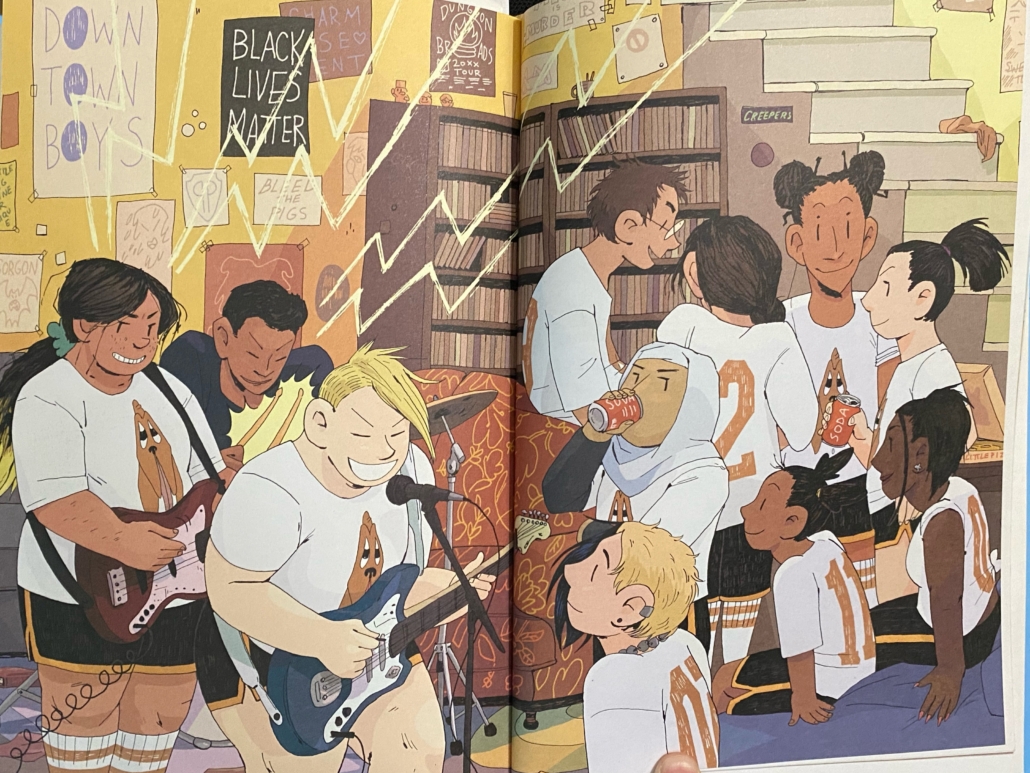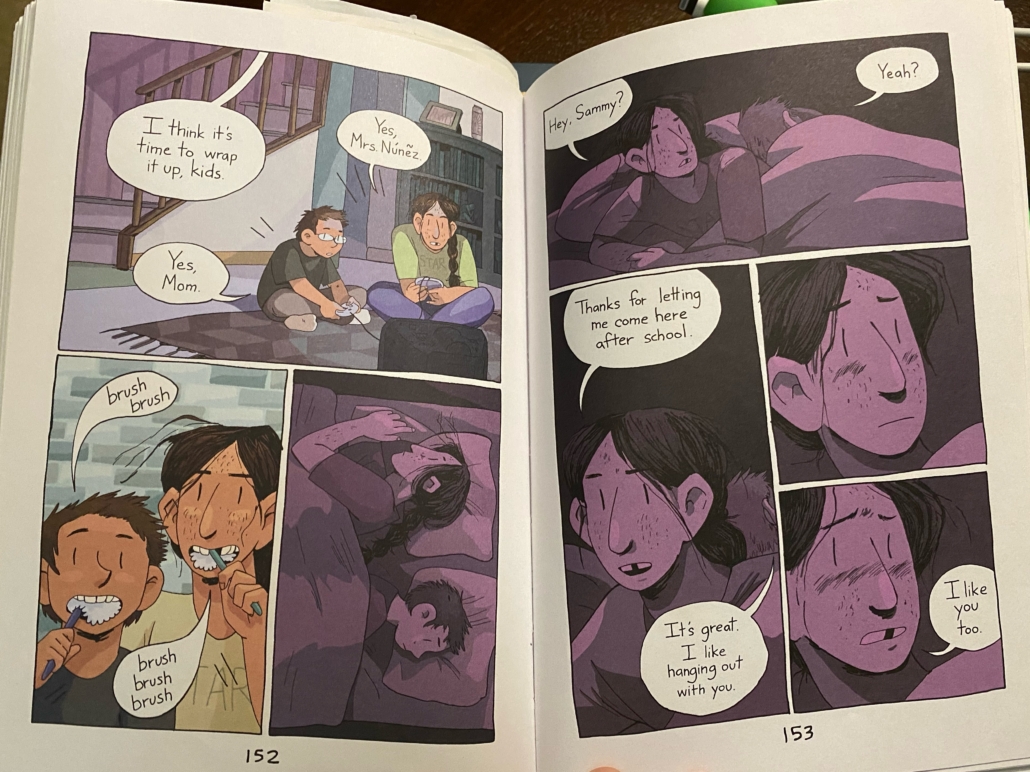The Breakaways
“It’s why we read. We read, so we can think.” – Valerie Koehler, Blue Willow Bookshop
A couple of months ago, I learned of a book called The Breakaways by Cathy G. Johnson. This book is a graphic novel about soccer and friendships; however, it is under fire for discussing LGBTQ issues. According to the author’s website, this book is appropriate for children 8-11 years of age.
I obtained a copy from my local library and decided to read it for myself rather than believe what I read on the internet. I wanted to look at the book through my own lens rather than the lens of someone else, who may or may not be looking at the text objectively. I paid particular attention to the areas of the book noted in the complaint. I obtained the information about this complaint from some of the resources cited at the end of this blog. I encourage you to read them for yourself.
I could not obtain a complete copy of the original complaint, but I got the gist of it from my research. I listed my references at the end of this blog. I also read reviews for and against the book. Amazon provided many reviews talking about inappropriate sexual content.
The image below was taken from a change.org petition for Wilchester Elementary Parents regarding The Breakaways. The link to the test below is provided in the petition. The reference to “killing police officers” was the poster on the wall on page 186 of the book that said “Bleed the Pigs.” This poster refers to a grindcore band from Nashville, TN. Grindcore is a form of music that blends heavy metal and punk, the type of music likely played by The Creepers, the band formed by some kids in the book. I don’t know where the band got its name, but it is apparent that the kids are simply supporting a band, something most music fans do.
Since this book is written for children ages 8-11, I thought about where I was in my sexual development at that age. I was about 7 when I had my first crush on a classmate and began asking my mom serious questions about sex. I vividly remember asking my mom if the penis goes and gestured between my legs. I was 8 years old. She told me yes, and I made noises indicating I was grossed out. I am forever thankful that my mom didn’t sugarcoat the sex talk, nor did she make me feel ashamed of sex.
I received a kiss on the cheek from that classmate I was crushing on when I was in second or third grade. I still remember how exciting that was. While I wasn’t thinking about having sex with my first crush, I knew that I liked him in a special way. Young children are aware of these feelings, even if they can’t fully explain them.
As I remembered my first crush, I surveyed friends about when they formed their first crush. Most were about first to third grade. One was in kindergarten. My sample size was about a dozen people; however, the responses were consistent with my experience. While first crushes aren’t usually sexual, they are part of the natural sexual development of humans. This development starts younger than I think most parents want to admit.
An article on Parents.com notes that kids often experience their first crush in kindergarten or first grade. Another article published in the New York Times talks about the importance of this behavior to a child’s development. It is natural for children to realize they have feelings towards others beyond that of just friendship. Since psychology indicates that most children form crushes at a young age, it seems appropriate that books for children 8-11 would discuss various healthy romantic relationships.
The above images are taken from pages 192-195 of “The Breakaways.” One of the kids comes out as transgender to their friends. They are accepted for who they are and embraced and supported by their friends.
As I read The Breakaways, I found it discussed the following themes:
- Fitting in with others
- Finding yourself
- Determining where you fit in the world
- Navigating friendships/forming friendships
- Bullying
- The challenges of having true friends
- The hardships of going to a school where you don’t know anyone
- Losing a friend
- Being different because of how you look, dress, religion, etc.
- Romantic relationships – both homosexual and heterosexual
- Being honest about who you are
- Home life and family issues
- Gender identity (this ties back to being honest about who you are)
- Accepting others for who they are
- Teamwork
The left image is taken from pages 166-167 of “The Breakaways.” Two characters in the book discuss if they like boys or girls. Faith lets her friend know they are accepted for who they are.
The below image is taken from pages 186-187 of “The Breakways.” Information from complaints indicates these pages contain “political propaganda” and “killing police officers.”
I think these are in reference to the Black Lives Matter poster, a social justice movement that highlights systemic racist violence against black people, and the Bleed the Pigs poster, a grindcore band from Nashville, TN,
All of the topics discussed above are healthy and reasonable for the age range of the children reading this book based on documented child sexual and social development.
The book is not expressly about soccer. Several reviews indicate that this book isn’t really about soccer even though the cover shows kids playing soccer. The book’s subtitle is “Bad at Soccer. Okay at Friends.” so it makes sense this book also discusses relationships. I read The Babysitters Club and The Gymnasts growing up. They weren’t just about babysitting and gymnastics. They also discussed relationships and other topics relevant to those reading these series. Scholastics and Amazon rate these book series for kids aged 8-12, similar to The Breakaways. I don’t understand why so many parents are upset that the book doesn’t only expressly discuss soccer. Soccer is just the activity that brought these kids together. This behavior is true in real life. We develop relationships with people at work, school, church, and other organizations. While we may participate in shared interests and activities with others, we also develop relationships with those who transcend those shared pursuits.
I don’t think this is a well-written book, but I am also not a fan of graphic novels. They seem to jump and leap around from storyline to storyline, leaving out so much detail that I enjoy; however, when you look at ALL of the social topics discussed in this book, it covers a broad range of age-appropriate topics for kids 8-11 years old. Many comments I read online indicate a population supported by and deeply appreciates this book because they see themselves represented in the story. Books help us see ourselves in the world and find acceptance. Books tell stories that combat shame, which is detrimental to healthy development and a fulfilling life. This book appears to be a powerful tool for those looking to see what they feel and who they are reflected in the world.
I saw myself in Meg from A Wrinkle in Time. It was the first time I saw myself reflected in a story. A lot of shame was projected on me as a child because I was born out of wedlock and didn’t have a traditional dad. Seeing Meg, a girl who didn’t feel like she fit in and didn’t yet know what she was capable of, helped me better navigate the difficulties of my youth. I didn’t fully understand it then, but I now see that it would take time for me to discover who I am and accept myself and my journey. I eventually learned these lessons; however, many people don’t and suffer their whole lives because of it.
“In the last nine months, hundreds of books across dozens of states are being banned at an alarming rate. A majority of the bans feature books written by authors who are people of color, LGBTQ+, Black and indigenous, and feature characters from marginalized groups.” – Ariana Figueroa, Wisconsin Examiner
One pattern I noticed was that the complaints regarding the book were largely about LGBTQIA topics, all of which were regarded as some form of inappropriate sexual content. Several news outlets have also documented this. There were no complaints about the heterosexual kiss shared on page 149, the nose-picking on page 161, or the chicken theft discussed on page 190. It was mostly focused only on the LGBTQIA issues discussed in the book.
The above images are taken from pages 152-159 of “The Breakaways.” In these pages, two friends have a sleepover. One of the friends comes out as transgender to their friend, Sammy. The friend then admits that they really like Sammy and then asks Sammy if they can kiss her. Sammy accepts their friend for who they are.
After reading the book, reviewing news reports on the book banning, and comments/reviews regarding the book, I see a group of people who want to see only traditional Christian values discussed in books. This isn’t the way the world works. If you send your children to public schools, expect discussion of ALL types of beliefs and relationships. Education expands the mind and introduces children to the breadth of life in the world, not just that of any one perspective. Limiting discussion of topics to only those that make you comfortable is an unhealthy way to live in the world. It is healthy to be knowledgeable of all different values, beliefs, and life practices – even if you don’t choose those for your life. This knowledge makes us empathetic to others, which expands our ability to love one another – the core of Jesus’ message.
Banning books is about banning thoughts and ideas. It’s not about protecting anyone. It’s about keeping the world small and limiting views. Banning books limits speech to only what a few people want to hear or feel is safe to believe/teach. Education is about giving people the facts and the skills to critically think their way to their own conclusions. Book banning is antithetical to education.
Not everyone’s path is traditional. A person also doesn’t get to choose all parts of their path. We cannot choose our skin color, sex, or sexual orientation. Not all of us conform to gender norms. Not everyone is a white heterosexual Christian so it is unacceptable to hold the educational system to only discussing the world from a white heterosexual Christian perspective. Black, white, Muslim, Atheist, female, nonbinary, heterosexual, homosexual, pansexual – these and many more are all paths people can take in life. The important thing is that you find a way that works for you. A course that makes you a better person and steward of this earth.
Since there are multiple paths and possibilities for a person’s life, each will come with a different perspective influenced by experiences and beliefs. It is important to discuss all of these perspectives to create a more educated, healthy, and inclusive society. When we discuss and allow for all perspectives and paths, everyone benefits.
I believe we are all made in a holy, sacred image of a larger creator – call that creator God, Allah, Mother Earth, etc. We are all deserving of love, acceptance, and respect. Please don’t judge another’s path simply because it’s not yours.
Books allow us to see some of the many paths available to us and the perspectives of others. Banning books denies future generations from seeing themselves in the characters in stories, exploring paths, choosing their own way, and learning about the larger world. Banning books promotes ignorance and breeds shame.
This world can do with less of both.
References
Dellinger, H. (Oct. 7, 2021). Spring Branch ISD bans graphic novel after parent’s complaint over transgender character. Houston Chronicle. https://www.houstonchronicle.com/news/houston-texas/education/article/Spring-Branch-ISD-bans-book-with-transgender-16514852.php?utm_campaign=socialflow&utm_medium=referral&utm_source=twitter.com
Figueroa, A. (April 19, 2022). LGBTQ community, people of color in the crosshairs of banned book movement. Wisconsin Examiner. https://wisconsinexaminer.com/2022/04/19/lgbtq-community-people-of-color-in-the-crosshairs-of-banned-book-movement/
Hennessy-Fiske, M. (Nov. 8, 2021). A ‘war on books’? Conservatives push for audits of school libraries. Los Angeles Times. https://www.latimes.com/world-nation/story/2021-11-08/texas-schools-ordered-to-investigate-books
Hixenbaugh, M. (2022). Here are 50 books Texas parents want banned from school libraries. NBC News. https://www.nbcnews.com/news/us-news/texas-library-books-banned-schools-rcna12986
Johnson, C. G. (2019). The Breakaways.
Johnson, C. (2022) The Breakaways. Cathy G. Johnson. https://www.cathygjohn.net/the-breakaways
Price, R. (2021). Banning the Breakaways. Adventures in Censorship: Contesting the Right to Read. https://adventuresincensorship.com/blog/2021/10/22/banning-the-breakaways
Shay, M. (2021). Another book pulled from Spring Branch ISD as statewide book investigation underway. ABC13. https://abc13.com/spring-branch-book-controversy-isd-books-library-banned-in-texas/11191799/
Shay, M. (2021). Spring Branch ISD says it banned book over sexual content, not because it has transgender character. ABC13. https://abc13.com/spring-branch-isd-sbisd-removes-controversial-book-transgender-library/11096467/
Unknown. (2022). A Call to Action. Change.org. https://www.change.org/p/dr-jennifer-blaine-a-petition-for-wilchester-elementary-parents/u/30382942
Harvard provides a list of banned and challenged books at https://www.harvard.com/shelves/display/banned_and_challenged_books. Your local library should have copies of many of these books. I encourage you to read them and come to your own conclusions on their merit.
Please spread empathy and love, not shame and ignorance.










 Obtained from Canva
Obtained from Canva © Catherine Haslag
© Catherine Haslag